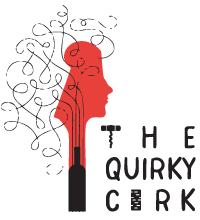Gülor Blend-B 2010
In 1993 Güler Sabancı of the Sabancı Group, established Gülor Winery in the fertile soils of Tekirdağ, part of Turkey’s Thracian region. Upon founding the winery, Sabancı sought the assistance of Professor Nicolas Vivas from the University of Bordeaux. Vivas directed all phases of production and winemaking until 2012, when seventh-generation winemaker Antoine Bastide d’Izar took over the reins. Winemakers here often compare the terroir in this area of Thrace to that of Bordeaux. It is perhaps then not surprising that many of the vineyards here are planted with French varietals. Combine that with their French winemakers, it is no great shock that Gülor also cultivates French varietals. The vineyards in Tekirdağ are dedicated to Cabernet Sauvignon, Merlot, Petit Verdot,
Read More













